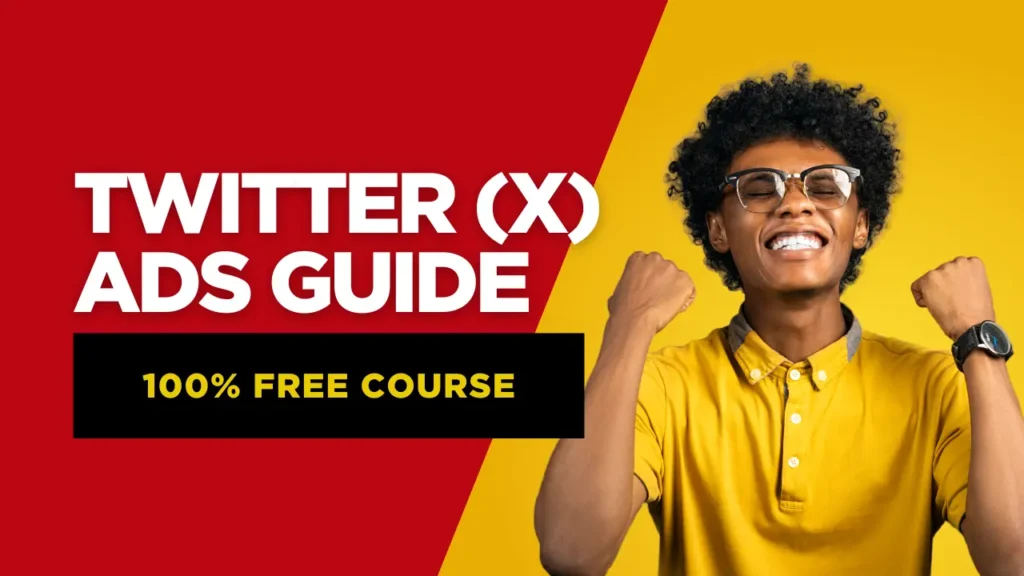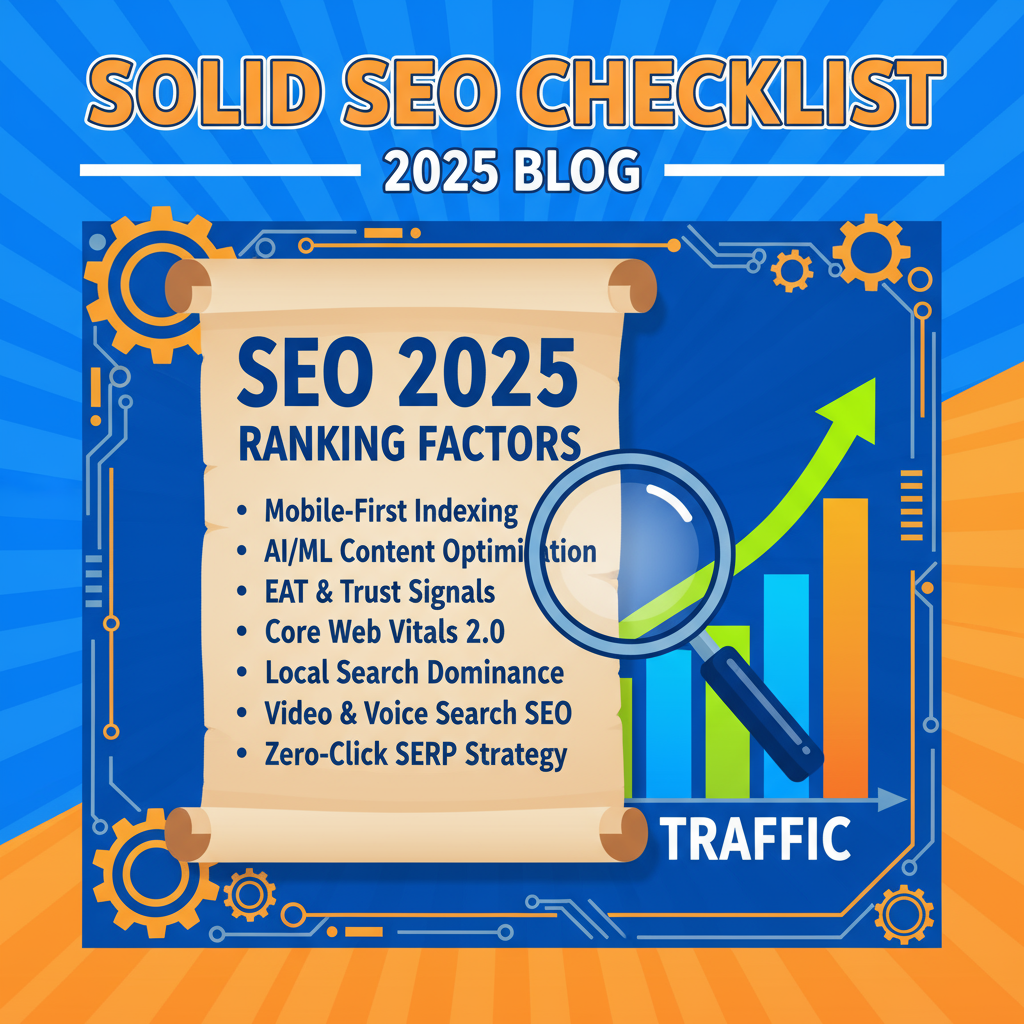X, formerly known as Twitter, is not just a social platform; it is the world’s real-time information network. For advertisers, this means immediate access to trending conversations, cultural moments, and highly engaged audiences who are actively discussing topics relevant to your business.
Unlike other platforms focused on visual discovery, X operates on speed, relevance, and text-driven content. Mastering X Ads requires a unique, concise, and timely strategy. This guide breaks down everything you need to successfully launch, optimize, and scale campaigns on X.

Index (Table of Contents)
1. The X Advertising Advantage: Speed and Intent
1.1. Audience Mindset: The “What’s Happening” Factor
1.2. Why X is Powerful for B2B and B2C
1.3. The Ad Hierarchy: Campaign, Ad Group, Ad
2. Technical Foundations: Setup and Tracking
2.1. Creating Your X Ads Account
2.2. Implementing the X Pixel (Conversion Tracking)
2.3. Defining the Bidding Strategy
3. Campaign Objectives: Aligning Goal with Action
3.1. Awareness Objectives (Reach & Impressions)
3.2. Consideration Objectives (Video Views, Website Clicks, Engagement)
3.3. Conversion Objectives (Website Conversions, App Installs)
4. Precision Targeting Strategies: Intent-Based Audience
4.1. Keyword Targeting: Tapping into Real-Time Conversation
4.2. Follower Lookalikes: Targeting Competitor Audiences
4.3. Custom Audiences: Retargeting and List Match
4.4. Demographic and Interest Targeting
5. Ad Formats: The Concise Creative Arsenal
5.1. Image and Video Ads (Promoted Tweets)
5.2. Carousel Ads: Multi-Asset Storytelling
5.3. Website Cards and App Cards
5.4. Lead Generation Cards: Capturing Data In-Platform
6. Creative Best Practices: Going Native
6.1. The “Tweet-First” Look: Authenticity Over Polish
6.2. The Power of Concise Copy (280 Characters)
6.3. Video Optimization: Under 15 Seconds and Captioned
6.4. The Strategic Use of Hashtags and Emojis
7. Optimization and Scaling for ROI
7.1. The Relationship Building Funnel (50/30/20 Rule)
7.2. A/B Testing: Copy, Creative, and CTA
7.3. Analyzing Key Performance Indicators (KPIs)
1. The X Advertising Advantage: Speed and Intent
1.1. Audience Mindset: The “What’s Happening” Factor
X users are actively seeking information, news, and conversation. They are in a discovery and discussion mindset. This high intent makes them more receptive to ads that provide immediate value, join a trending topic, or offer a solution to a problem they are actively discussing.
1.2. Why X is Powerful for B2B and B2C
- B2B: X is favored by thought leaders, executives, and journalists. Ads targeting Keyword Usage or Follower Lookalikes of industry influencers are highly effective for lead generation and brand authority.
- B2C: X excels at capitalizing on real-time events, such as sports, major TV shows, or holiday trends, allowing brands to become part of the cultural moment with timely, relevant advertising.
1.3. The Ad Hierarchy: Campaign, Ad Group, Ad
X Ads Manager uses a standard structure:
- Campaign: Sets the overall objective (e.g., Website Conversions).
- Ad Group: Defines the specific targeting parameters, budget, and bidding strategy for a subset of the campaign. You can have multiple Ad Groups to test different audiences.
- Ad (Promoted Post): The actual creative—the tweet, video, image, or card—that users see.
2. Technical Foundations: Setup and Tracking
2.1. Creating Your X Ads Account
- Navigate to the X Ads platform (accessible through your main account settings).
- Set up your business details, country, and time zone.
- Enter billing information.
- Choose between Simplified Create (for quick, basic campaigns) or Advanced Create (for maximum control over bidding and targeting, recommended for performance marketers).
2.2. Implementing the X Pixel (Conversion Tracking)
The X Pixel (or Website Tag) is a snippet of code placed on your website. It is non-negotiable for conversion campaigns.
- Function: It tracks what users do after clicking your ad—completing a purchase, signing up for a newsletter, or visiting a landing page.
- Optimization: The Pixel feeds data back to the X algorithm, allowing it to automatically optimize ad delivery toward users most likely to complete your desired action (e.g., optimize for Purchases rather than just Clicks).
2.3. Defining the Bidding Strategy
X offers three main bid types:
- Automatic Bidding: Recommended for most new campaigns. The system automatically adjusts your bid to get the best results within your budget.
- Target Bidding: You specify an average cost per action (CPA), and the system attempts to maintain that average. Ideal for scaling proven campaigns.
- Maximum Bidding: You set the highest amount you’re willing to pay per action. Use this when you need aggressive delivery and are confident in your CPA threshold.
3. Campaign Objectives: Aligning Goal with Action
Choosing the right objective tells the X algorithm what action to prioritize and bill for.
| Objective | Business Goal | Billable Action | Best For |
| Reach | Maximize unique exposure | Per 1,000 Impressions (CPM) | Broad brand awareness and reach |
| Website Clicks | Drive high-quality traffic | Per Link Click (CPC) | Blog promotion, landing page views |
| Engagement | Increase interactions with a Tweet | Per Engagement (Like, Retweet, Reply) | Building social proof and conversation |
| Conversions | Generate sales, sign-ups, or leads | Per Conversion (CPA) | E-commerce and B2B lead generation |
| Followers | Grow your organic audience | Per Follower (CPF) | Long-term brand building |
4. Precision Targeting Strategies: Intent-Based Audience
X offers unparalleled access to audience intent through its unique targeting features.
4.1. Keyword Targeting: Tapping into Real-Time Conversation
This is X’s standout feature. You can target users who have recently Tweeted, searched for, or engaged with specific keywords or phrases. This is highly effective for:
- In-Market Buyers: Target users mentioning “best CRM software” or “looking for cheap flights.”
- Competitor Users: Target users mentioning competitor names.
4.2. Follower Lookalikes: Targeting Competitor Audiences
You can target people who have interests or characteristics similar to the followers of up to 10,000 specific accounts (e.g., your direct competitors, industry experts, or niche publishers). This is one of the most powerful and effective ways to find a highly qualified cold audience.
4.3. Custom Audiences: Retargeting and List Match
- Website Retargeting: Using the X Pixel to target users who previously visited your site.
- List Match: Uploading your own customer email or phone list (hashed for security) to target existing leads or exclude current customers.
5. Ad Formats: The Concise Creative Arsenal
5.1. Image and Video Ads (Promoted Tweets)
These are standard tweets amplified to your targeted audience.
- Image Ads: Use bold visuals and a clear CTA. Aspect ratio 1.91:1 is optimal for the feed.
- Video Ads: Excellent for short, snappy demos and storytelling. Video is highly prioritized by the X algorithm.
5.4. Lead Generation Cards: Capturing Data In-Platform
This format is the B2B advertiser’s dream. When a user clicks the CTA, their name, email, and Twitter handle are instantly pre-populated from their account information.
- Benefit: The user only needs one click to submit the lead form, drastically reducing friction and increasing conversion rates compared to external landing pages.
6. Creative Best Practices: Going Native
6.1. The “Tweet-First” Look: Authenticity Over Polish
The most profitable ads often look like genuine, high-value organic content from a person or brand. Avoid over-produced, generic “ad-like” visuals. Use personal language, ask questions, or provide quick, actionable value.
6.2. The Power of Concise Copy (280 Characters)
Every word counts. Your ad copy must be clear, direct, and action-oriented.
- Formula: Hook (1st line) → Value Proposition → Clear Call to Action (CTA).
- Avoid: Excessive jargon or vague statements.
6.3. Video Optimization: Under 15 Seconds and Captioned
- Length: Videos under 15 seconds tend to have the highest completion rates. The hook must be within the first 3 seconds.
- Captions: Always include subtitles or burned-in text. Most users scroll silently, and you cannot rely on sound to deliver your core message.
6.4. The Strategic Use of Hashtags and Emojis
- Hashtags: Use 1-2 highly relevant hashtags to connect with existing conversations. Overuse can make the ad look spammy.
- Emojis: Emojis can quickly convey tone, emotion, and draw the eye, significantly increasing engagement rates.
7. Optimization and Scaling for ROI
7.1. The Relationship Building Funnel (50/30/20 Rule)
A successful X strategy requires patience and funnel thinking:
- 50% Top-of-Funnel (Awareness/Engagement): Amplifying personal, value-driven posts to build brand trust and social proof (Likes, Comments).
- 30% Mid-Funnel (Traffic/Lead Generation): Driving users from engagement to a landing page or Lead Card.
- 20% Bottom-of-Funnel (Conversion): Retargeting users who have visited your site or engaged with your previous ads with a strong, urgent offer.
7.2. A/B Testing: Copy, Creative, and CTA
Never assume you know what works. Continuously test:
- Text: Test long copy vs. short copy. Test question-based copy vs. statement-based copy.
- Creative: Test static image vs. short video vs. GIF.
- CTA: Test “Learn More” vs. “Shop Now” vs. “Sign Up.”
7.3. Analyzing Key Performance Indicators (KPIs)
- CPA (Cost Per Acquisition): Your ultimate metric. Optimize for the lowest CPA.
- eCPM (Effective CPM): The cost to show your ad to 1,000 people. A high eCPM means your ad is not resonating and the algorithm is penalizing you.
- Quality Score: X assigns a Quality Score based on engagement. Higher engagement (Likes, Retweets) leads to lower costs and better delivery over time. Therefore, Engagement campaigns can be a strategic way to lower costs in the long run.
🔹 Focus Keywords
- Twitter Ads
- X Ads Guide 2025
- Twitter Advertising
- Twitter Marketing Strategy
- X Ads Blueprint
- Twitter Ads Campaign Setup
- Twitter Paid Promotion
- X Ads Tutorial
- Twitter Ads for Business
- Twitter Ads Optimization









